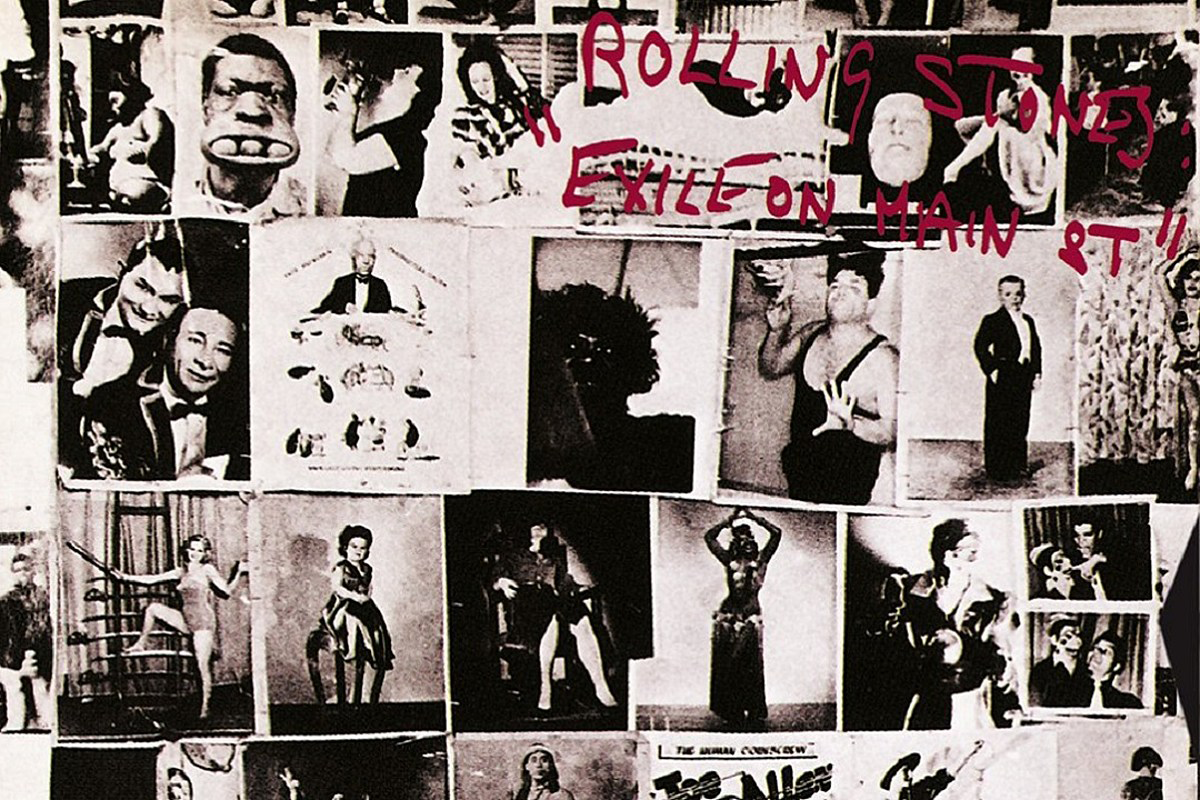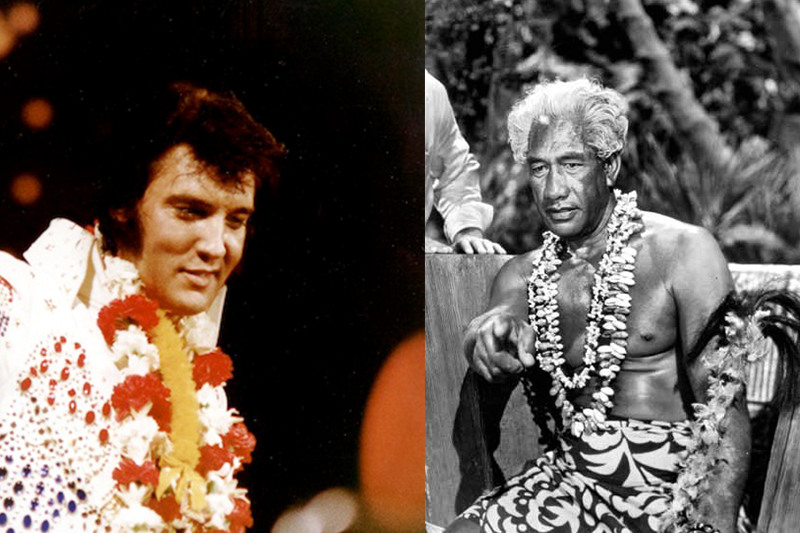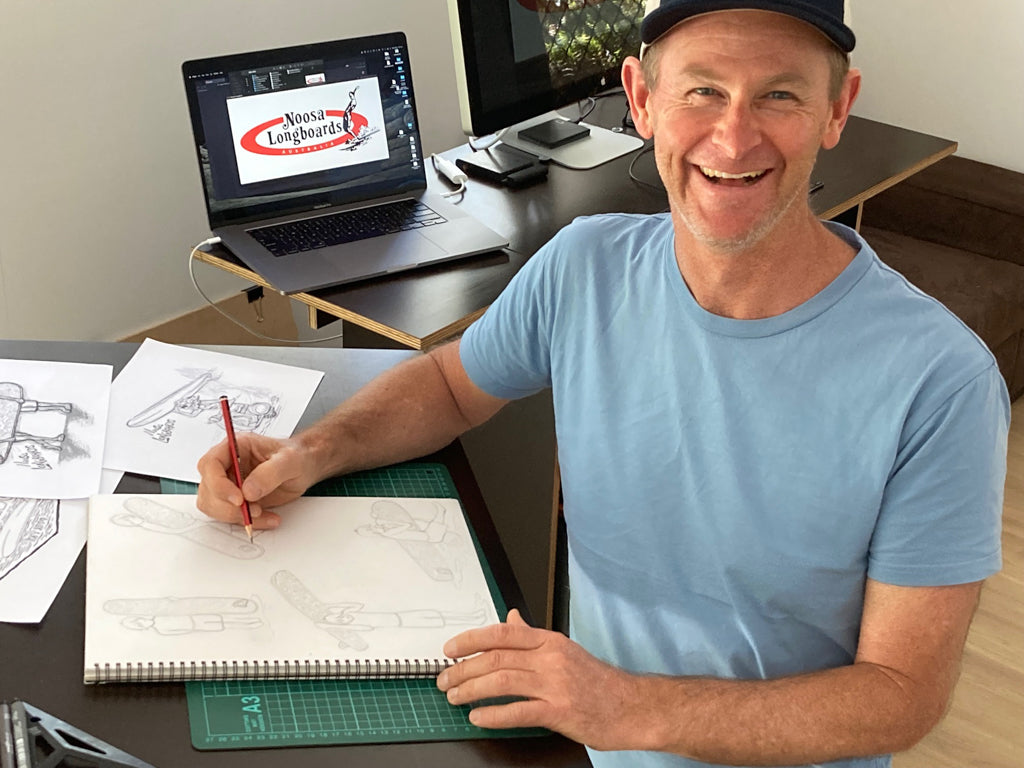
What we’re listening to - Exile on Main Street
Followers of Rock n Roll the world over would frequently name the Stones’ 1971 release Sticky Fingers, with its artwork designed by Andy Warhol, as one of the most iconic album covers of all time. This album also introduced the even more recognizable Rolling Stones tongue logo, which itself represents one of the world’s most famous works of pop art. But the following year, the release of Exile on Main Street featured an album cover that is less well-recognized but arguably just as influential on the historic progression of Rock n Roll album artwork.
Exile on Main Street was recorded during a critical turning point in the psyche of popular culture. “The hippy-acid-peace-love thing was long gone”, explained Don Was, bassist of funk-rock band Was (Not Was). “There was something in the air, you know… Coppola was making Apocalypse Now at the same time, there was definitely the sense that the 60s didn’t work and you had to either blow up the system or flee from it”.
By the Spring of 1971, having spent all the money they owed in taxes and locked in a dispute with their record label over royalties following the commercial success of Sticky Fingers, the Stones were fleeing the British tax authorities. They decamped to the opulent Villa Nellcote at Villefranche-sur-mer, sandwiched between Nice and Monaco in the south of France, where they could evade hefty British tax rates.

Jagger and Keith Richards at Villa Nellcote
As accustomed as they were to travel, the band hated leaving England and struggled to adapt, but as Charlie Watts later claimed, “I had to get out in order to pay the tax I had incurred...we felt as if we had been edged out of our own country”.
In exile on the Cote d’Azur, the band entered a period of incredible creative productivity and hedonistic excess which ultimately produced Exile on Main Street. The villa was constantly filled with a procession of characters, hangers on, musicians, sound technicians, mafioso drug dealers, and other visitors such as the beat writer William S. Burroughs and John Lennon.
With no music industry in that part of the world, they found that the recording facilities were extremely poor. The acoustics were so bad that different instruments had to be recorded in different parts of the house. Richards preferred to record alone in the kitchen, because the tiles produced a pleasing reverb effect on his guitar solos. Drugs were ubiquitous and the band rarely all stayed sober enough to record together at the same time. Jagger was constantly away in Paris. “The gear never worked properly, the lights would go on and off, there were fires… it was just insane”, recalled recording engineer, Andy Johns. Night after night, their substance-fuelled recording sessions boomed from the Villa Nellcote across the bay of Villefranche deep into the early morning.
Exile on Main Street reflects the chaos of this time in the band’s history. There was no master plan for the album. Instead, it was produced over many months of artistic improvisation as the Stones drew on their various influences, from R&B to Soul, Country and roots Rock. The eclectic nature of the record was initially met with confusion and mixed reviews, but over time it has become widely recognized as the Stones’ best musical achievement, and is rated the 14th greatest album of all time by Rolling Stone.
When the band convalesced in Los Angeles during the final stage of the album’s production, they turned to pop-artist John Van Hamersveld to produce the cover art. He was summoned to the band’s mansion in Bel Air, where he met with the band, along with the photographer Norman Seeff, Marshall Chess (president of Rolling Stones Records), and Robert Frank, a celebrated photographer famous for his documentation of 1950s American beat culture.
Jagger’s brief demanded a cover that depicted the Stones as "runaway outlaws using the blues as its weapon against the world…grinning in the face of a scary and unknown future". After discussing ideas for the album art for a while, Van Hamersveld was handed a photograph of the wall of a Route 66 tattoo parlour taken by Frank as he passed through in 1950. “Mick, on my right, looks on for both of us to agree, so I nod”. This was the photograph, with its unsettling collection of faces and characters, that became the cover of Exile on Main Street. He left Bel Air with this and a selection of other photographs by Frank and Seeff that would make up the rest of the album art.
John recalls that when he got back to his studio he played the song 'Sympathy For The Devil'. “I think about how to design, in a "Beat style", the concept of a “pop art” package. I have to make it so it will work as an image in a competitive market place. I envisage the package as a painter's fine art print. I had been using various kinds of mediums like brushed inks, crayons, markers, paint and airbrush tools with complicated layered stripping and printing tricks to gain the effects I needed [for other projects], but in this case I need just the basics - drafting tape and ripped paper.”

A signed copy of Exile on Main Street at Noosa Longboards
The result was a jarring and controversial package that perfectly reflected the eclectic and anarchical character of the music contained inside. And although the album made heavy reference to the Beat era, it also foreshadowed the next evolution of Rock n Roll. “To the spectators, critics, and others in the Establishment, I had made a package that was not glamorous. It was not a friendly image to put on display in the record stores, but it was THAT image that established the anti-establishment look of PUNK.” As John later recalled, “in 1984, my friend John Lydon (frontman for the Sex Pistols) said to me "The Stones’ Exile package set the image of punk in 1975 - we used that graphic feel to communicate our message".
Anyone familiar with punk will recognize the slapdash, ripped collage aesthetic that Lydon was referring to. If you’re interested in learning more about Exile on Main Street, you can purchase the vinyl LP for yourself from Noosa Longboards. We also have other examples of John’s iconic artworks, signed and framed by the artist himself.
We are Surf, Aloha, Rock n Roll.


